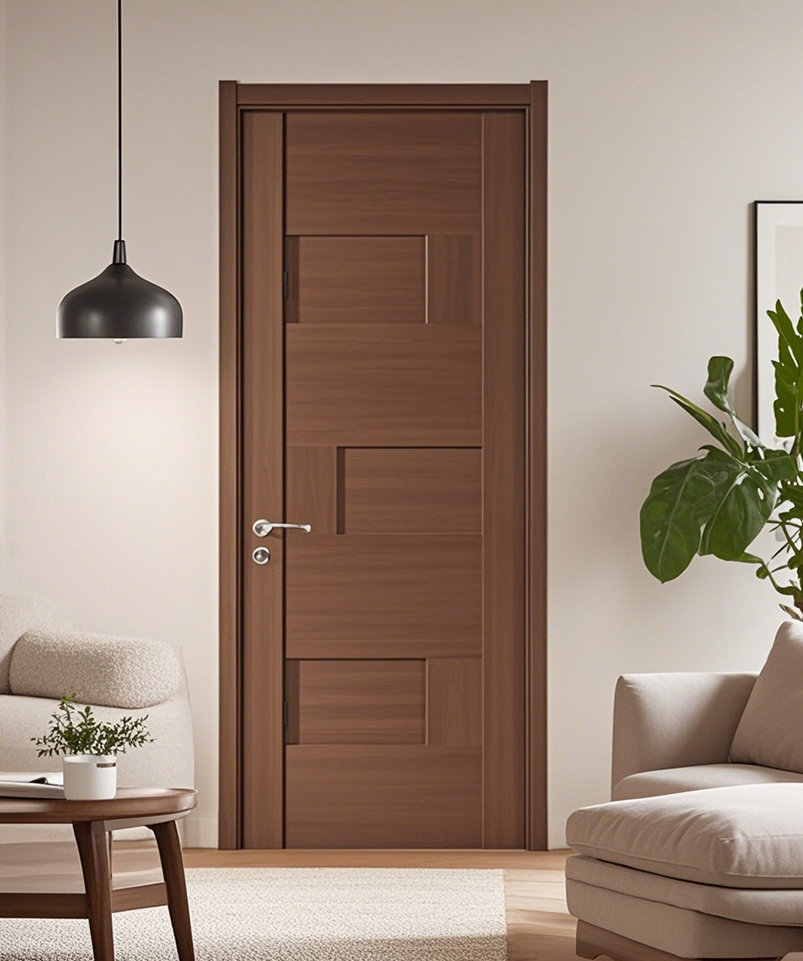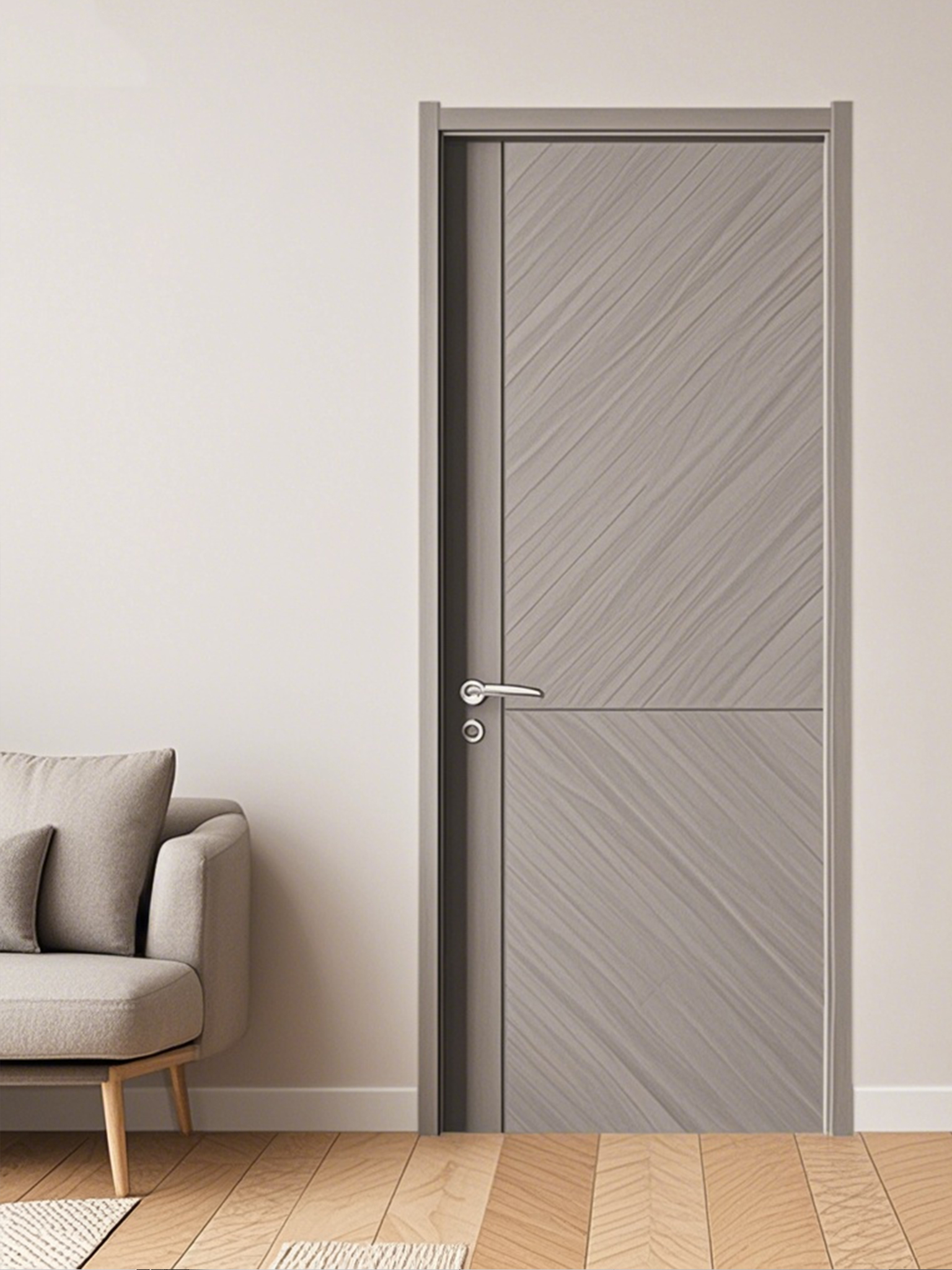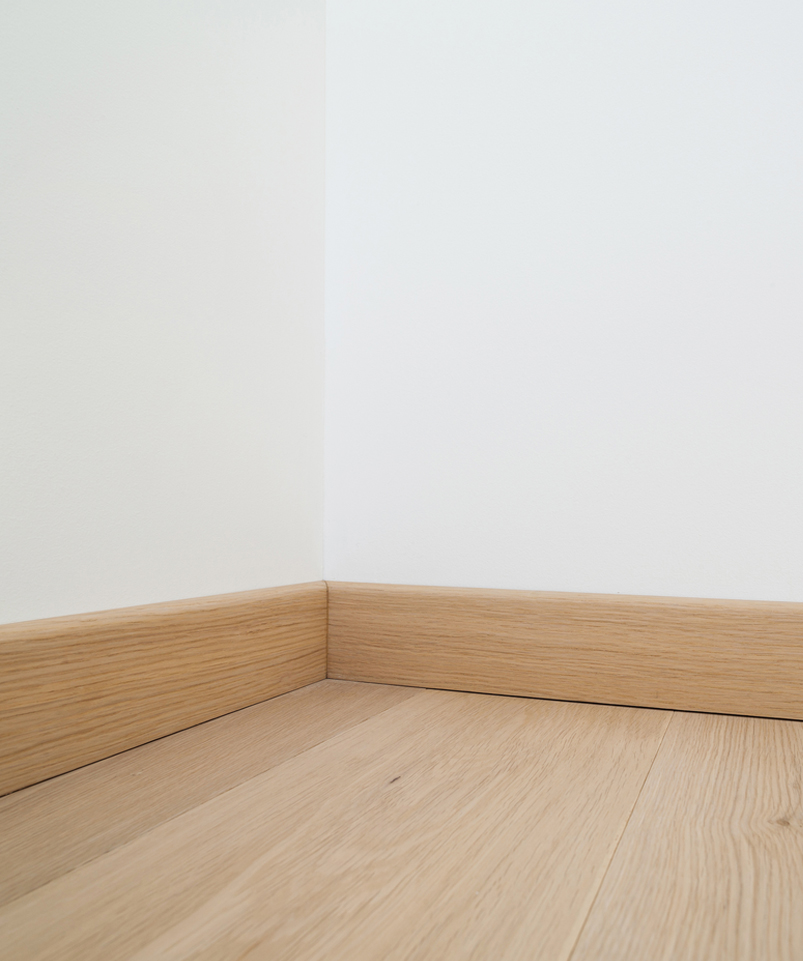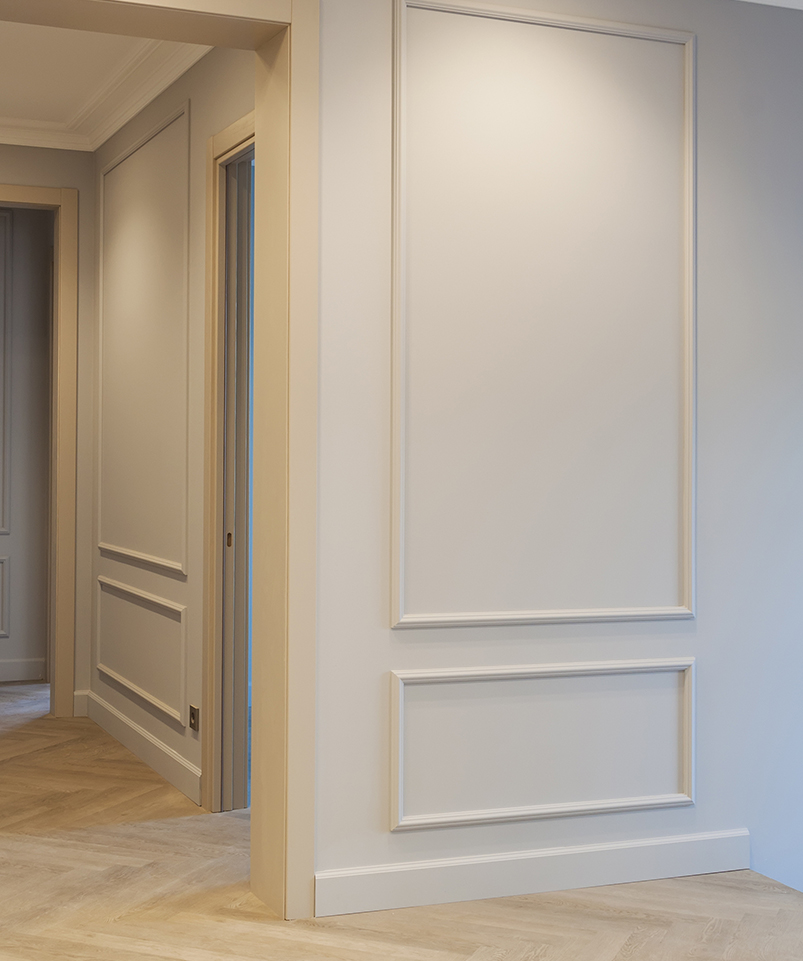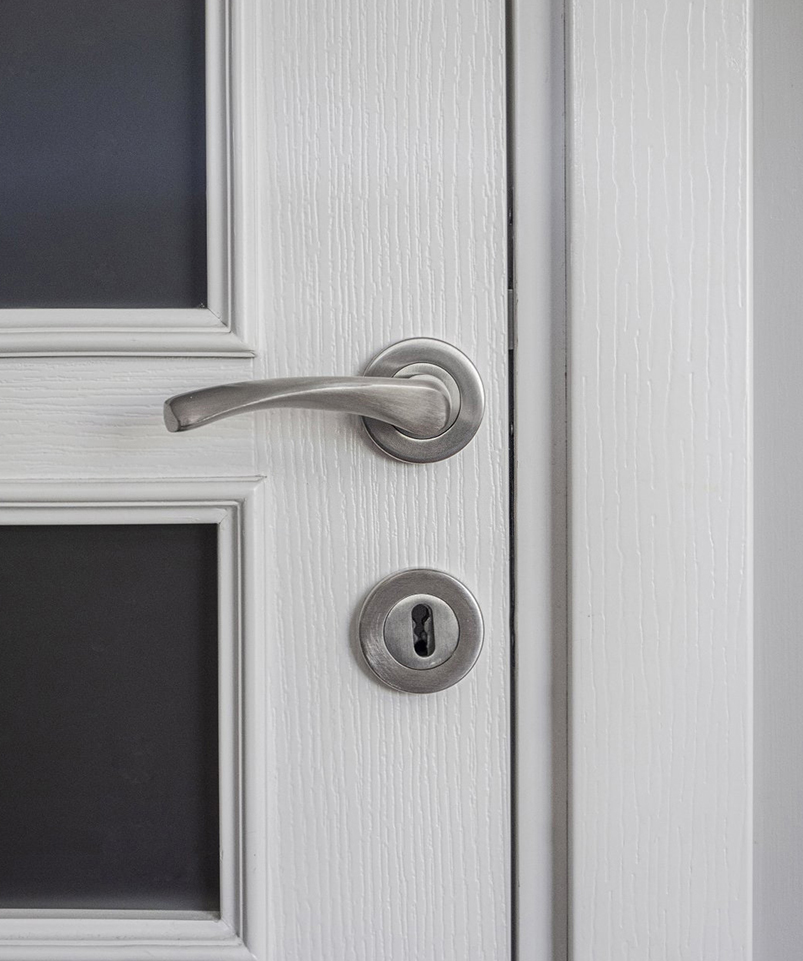Modern Internal Doors Offer Economical Durability for Next-Generation Interiors
In the current era of smart living and efficient design, construction trends are increasingly shaped by the demand for cost-effective, durable, and stylish interior solutions. Among the innovations leading the charge are Modern Internal Doors, which are rapidly becoming a staple in both residential and commercial projects. These doors deliver a unique blend of visual sophistication and structural resilience, making them a smart investment for forward-thinking builders, designers, and homeowners.
Affordability That Adds Long-Term Value
Budget constraints are a universal concern in construction and renovation projects. One of the standout qualities of Modern Internal Doors is their economical pricing. Unlike traditional hardwood or custom-crafted alternatives, these doors are manufactured using advanced materials and techniques that allow for consistent quality at a fraction of the cost. Whether outfitting a large apartment complex or a single-family home, developers are finding that Modern Internal Doors offer an ideal balance between aesthetics and financial practicality.
Over time, the cost benefits continue to show. With lower maintenance needs and extended service life, Modern Internal Doors significantly reduce ongoing repair and replacement expenses. This makes them not only affordable up front, but also economical across the lifespan of the property.
Engineered for Long-Lasting Durability
Durability is where Modern Internal Doors clearly outshine many traditional door systems. Designed to resist warping, cracking, and impact damage, these doors often feature core materials such as high-density fiberboard, engineered wood, or advanced polymer composites. As a result, they retain their structural integrity even under heavy daily use in busy households or commercial environments.
The finishes on Modern Internal Doors are typically scratch-resistant, stain-resistant, and fade-resistant, ensuring they remain attractive even years after installation. For property managers, this means fewer complaints and maintenance requests. For homeowners, it translates to peace of mind and a consistently beautiful interior.
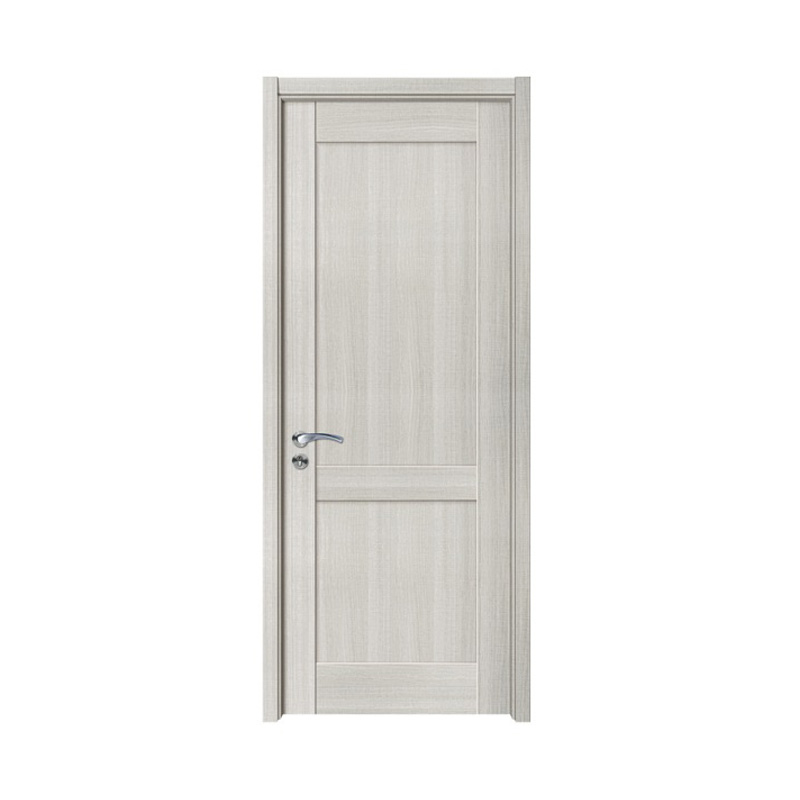
Streamlined Manufacturing Meets Design Versatility
A key advantage of Modern Internal Doors lies in how well they fit with streamlined, efficient production processes. Thanks to standardized sizes and modular designs, manufacturers can produce them in large quantities with minimal waste. This helps keep costs low while ensuring high availability—critical in fast-paced construction schedules.
But mass production doesn’t mean a lack of design options. In fact, Modern Internal Doors come in a wide variety of finishes, textures, and panel configurations. From minimalist flush doors to intricate geometric inlays, they support nearly any interior design theme. They can mimic the look of natural wood or adopt ultra-modern matte and glossy surfaces, giving architects the freedom to align form with function.
Ideal for Contemporary Lifestyles
Today’s homeowners expect more from their interiors. Sound insulation, privacy, energy efficiency, and safety are all top priorities. Fortunately, Modern Internal Doors are built to deliver in each of these categories. Many feature acoustic insulation cores, helping to reduce noise transfer between rooms—for work-from-home professionals or growing families. Others come equipped with thermal barriers or fire-resistant materials for added protection.
Even in high-humidity environments like bathrooms or laundry rooms, specially coated Modern Internal Doors resist swelling and damage far better than older wood models. This functional reliability enhances comfort and security while maintaining the sleek, modern aesthetic that buyers now expect.
A Smart Choice for Sustainable Construction
As green building certifications become more common, materials that align with sustainability goals are highly sought after. Modern Internal Doors often utilize recycled content and are manufactured using energy-efficient processes. Some variants are even fully recyclable at the end of their lifespan. Choosing such doors not only supports environmental responsibility but also helps projects meet LEED or BREEAM standards.
Contractors and developers are increasingly choosing Modern Internal Doors as part of their broader commitment to sustainable and responsible construction practices. The environmental benefits, combined with economic and durability advantages, make them an obvious component in any modern building strategy.

 English
English русский
русский عربى
عربى